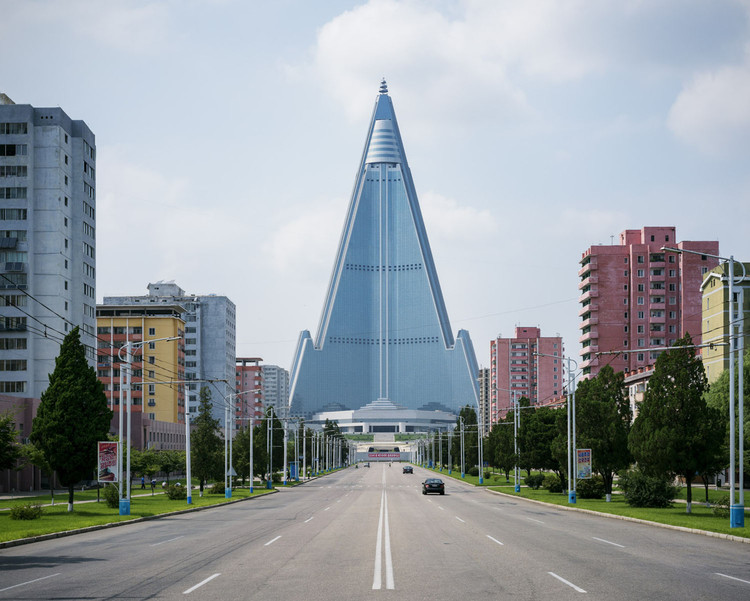A Brief Commentary on Socialist Architecture
It is the early 1930s in Moscow, and Josef Stalin has freshly lain his hands on all of Soviet Russia. Masses gathering to witness regular ceremonies are bowled over by ‘the Man of Steel’ and his sermons on a modernized and industrialized vision for his country. Shanty houses are flattened to erect towering palaces and elaborate sculptures that scream power and a new social order, igniting both respect and fear in the hearts of citizens.
Fast forward to the 21st century, and the very same palaces and monuments still stand tall with their heads held high like aging veterans of a lost battle, only greying and gathering dust. Looming ghosts of a tumultuous past. But why was this form of socialist modernism abandoned? More importantly, what exactly defines a building from this bygone era?

Image Credit: Alexmartyn85
What exactly defines Socialist Architecture?
Also known by monikers such as Stalinist architecture and Empire style, Socialist architecture was the prevailing architectural style that flourished under the rule of Joseph Stalin over the Soviet Union. Specially concentrated in Moscow, it thrived primarily from 1933 to 1955. Today, a variant of this style still lives and breeds within the walls of North Korea, a fellow totalitarian regime molding its built environment to display political prowess and control.
In the Soviets, Stalin considered architecture as a key weapon in creating a new social order. He hailed architects of the time as “engineers of the human soul” who held the responsibility of influencing the nation’s consciousness as well as its citizen’s outlook on life by spreading the communist doctrine. This led to the surge of concrete Gothic high rises and sky-high spires dotting the eastern bloc with grandiose landmarks meant to arouse feelings of stability, persistence, and political power.
A beautifully rounded depiction of Stalinist Moscow by Passport Magazine can be read here.
How to recognize Socialist Buildings and Planning
No doubt anyone would stop dead on their tracks whilst walking past one of these imposing structures, but have you ever wondered what exactly gives these expiring visions of the Stalinist Era its trademark sense of aloofness?

Image Credit: ArchDaily
“Following the uncompromising path of Marx, Lenin and Stalin, who always valued classical art, Soviet architecture was able to overcome the bends of leftism, oversimplification in its own environment, opportunism of some of the old architects, and took the road of using the best elements of the old classical design."
-L. M. Kaganovich
